Food packaging is one of the key factors in maintaining the freshness, quality, and safety of food products. With the advancement of technology and the growing need to protect the environment, various types of food packaging have been developed, each of which has its uses and benefits. In this article, the Vira team examines the types of food packaging with emphasis on their examples and applications.
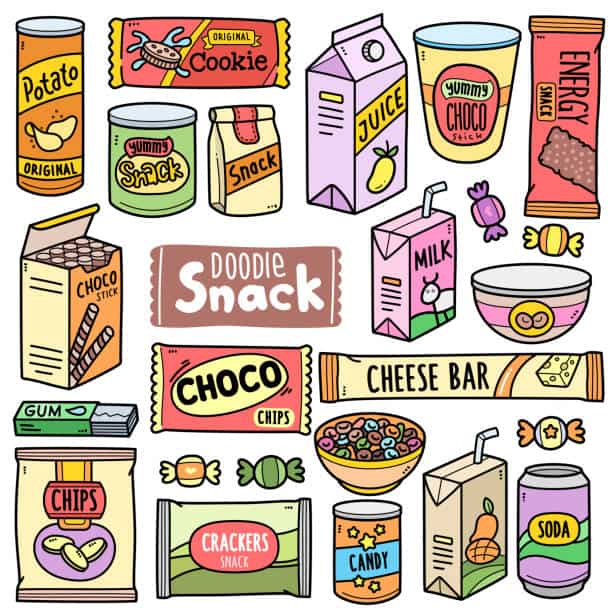
1. Atmospheric Packaging:
In this type of packaging, food products are placed in their surroundings. For example, dry food items such as nuts or food ingredients such as ready-made salads are included in this model. This method reduces the contact of the product with oxygen and moisture, and the delay in the process brings spoilage.
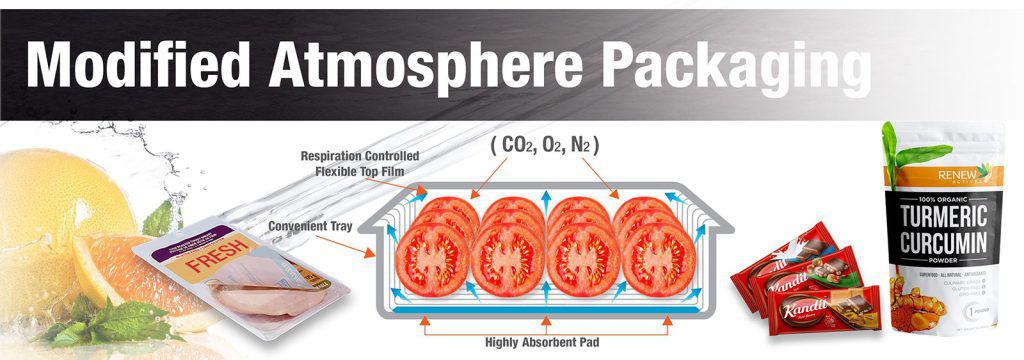
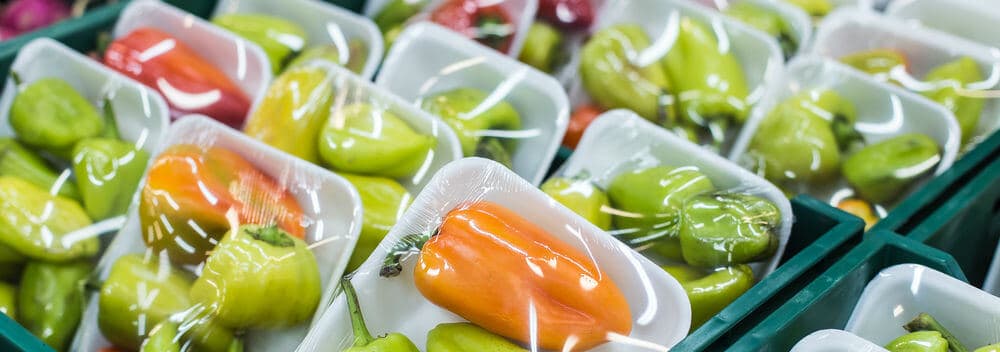
2. Bulk Packaging:
Bulk packaging is one of the most common types of packaging used for products such as beans, grains, and nuts. This model usually uses multi-layer materials with tight packing properties and keeping freshness to prevent contact with air and moisture. In addition, this type is also effective in reducing food waste due to not using individual product packages.
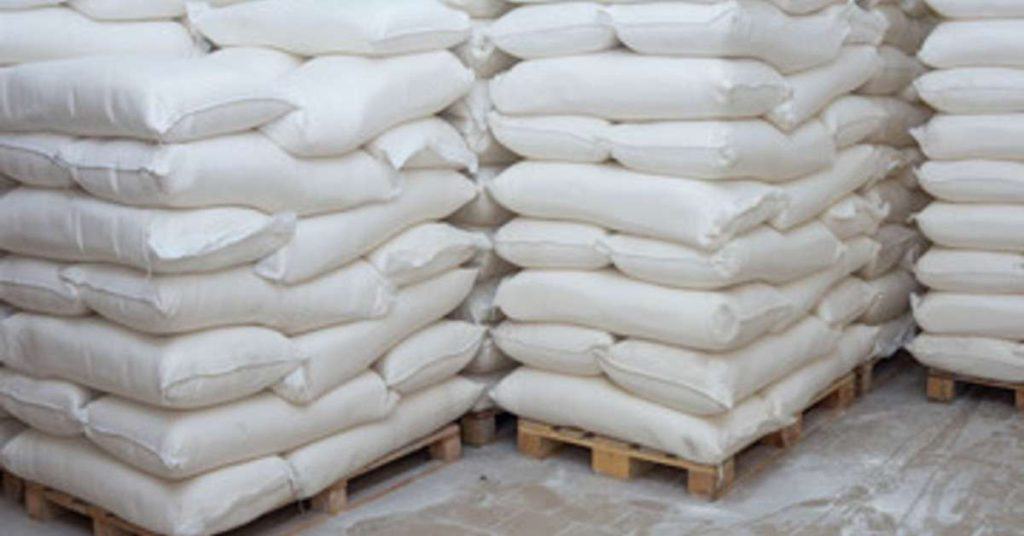
3. Unit Packaging:
This type of packaging involves placing food products in separate packages with precise volume or weight. For example, the packaging of ready-to-eat foods such as beverages is included in this category. This type is very important from the point of view of health and user comfort.
4. Protective Packaging:
In this type of packaging, the main goal is to protect the product against various damages and risks. For example, the packaging of fresh or air-sensitive meats is placed in packages with cooling space.
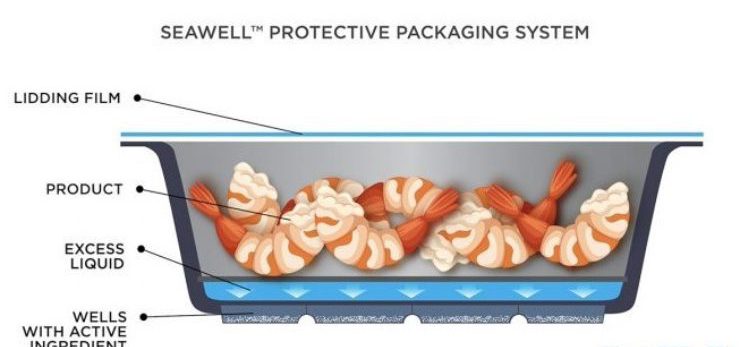
5. Freshness packaging:
Freshness packaging is used for products such as vegetables and fruits. This type often includes various combinations of materials with the property of breathing the skin of the product so that oxygen can reach the product. This preserves the taste, color, and shelf life of the product.
6. Safety packaging
This type of packaging is used for products with a risk of pollutants or environmental changes, such as cosmetic products or detergents. The main purpose of this packaging is to prevent harmful substances from coming into contact with the product and to maintain its quality.

7. Flexible Packaging:
For example, packaging made from materials such as soft plastic or foil. This type is often used for food items such as chips, coffee, or snacks and allows for attractive designs.
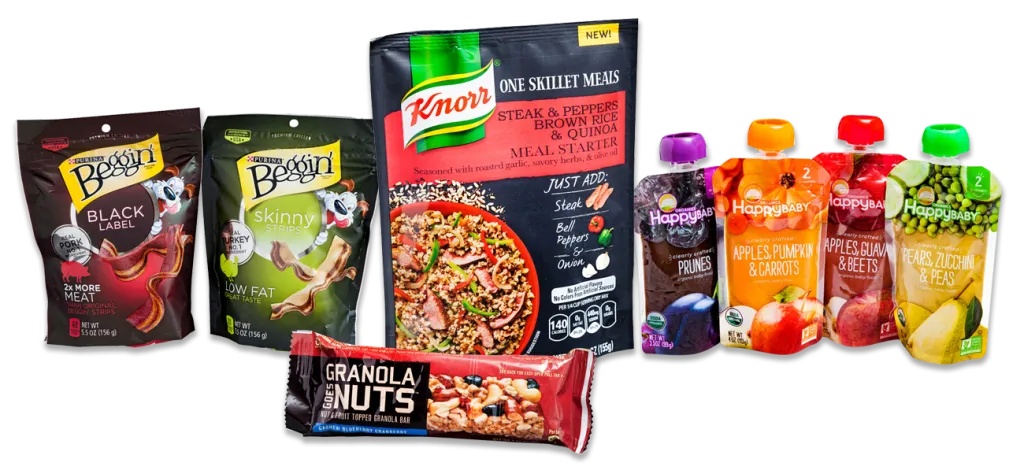
8. Active And Environmental Packaging:
Active packaging creates changes in the content of gases or chemical compounds inside the package to increase shelf life. Environmental packaging also helps to reduce environmental pollution by using recyclable or degradable materials.

9. Acoustic Packaging:
Acoustic packaging uses the principles of sound physics to protect the product from external sound effects. This type is suitable for food-sensitive to vibrations and sound damage.
Applications:
- Increased shelf life: Environmental, active, and air-friendly packaging increases the shelf life of food.
- Maintaining quality: Acoustic and conventional packaging helps to maintain the appearance and structural quality of products.
- Prevention of contamination: Conventional and active packaging helps to prevent microbial contamination and pollutants.
- Enhancing the customer experience: Creative and attractive packaging can improve the customer’s shopping experience.
Conclusion:
As a basic tool in the food supply chain, food packaging plays a very important role in maintaining the quality and safety of products. Choosing the right type of packaging should be done according to product characteristics, market needs, and environmental effects. Therefore, using different types of them to improve the value of foods and reduce food losses seems essential.
References:


It’s interesting to know that to extend its shelf life, active packaging modifies the amount of gasses or chemical substances inside the container. I am actually looking this up because after my husband’s small baking business took off, the kitchen chaos reached new heights with manual packaging struggles. The mess of foil and cling wrap is driving him nuts, and he’s ready to level up. Now, he’s on the hunt for food packaging equipment to streamline the process and give our kitchen a professional touch. https://www.barry-wehmiller.com.au/food-packaging